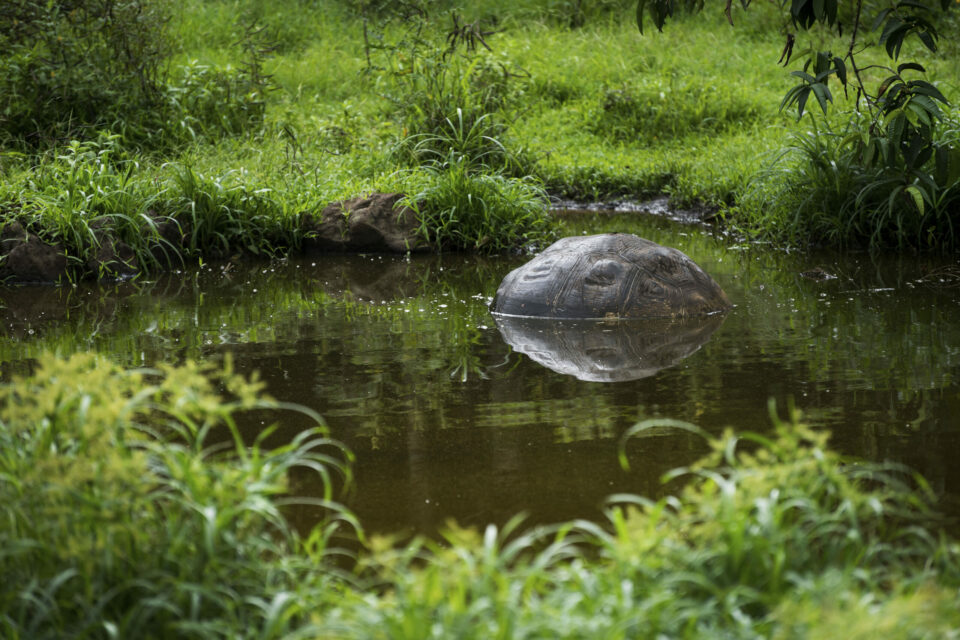

Tessa the Tortoise storybook: supporting Galapagos giant tortoise conservation
Enabling the young people of Galapagos to get out into nature and experience the natural world is an important element in Galapagos giant tortoise conservation.
In our previous blog, we introduced to you Tessa, the main character of our new storybook, Tessa the Giant Tortoise: A Galapagos Journey. In this blog, we want to tell you a little more about the giant tortoise conservation project behind the story.
In order to successfully carry out our projects in Galapagos, we work closely with local and international partner organisations and conservation experts. The Galapagos giant tortoise is one of the most iconic species on the Archipelago but continues to remain threatened. Only through understanding the ecological needs of the tortoises can we begin to conserve their numbers.
The Galapagos Tortoise Movement Ecology Programme (GTMEP) aims to better mitigate the relationship between tortoises and people. This is achieved by assessing changes in tortoise populations, determining spatial needs of tortoises on Galapagos, and assessing if human activity affects the health of tortoises on the Islands.
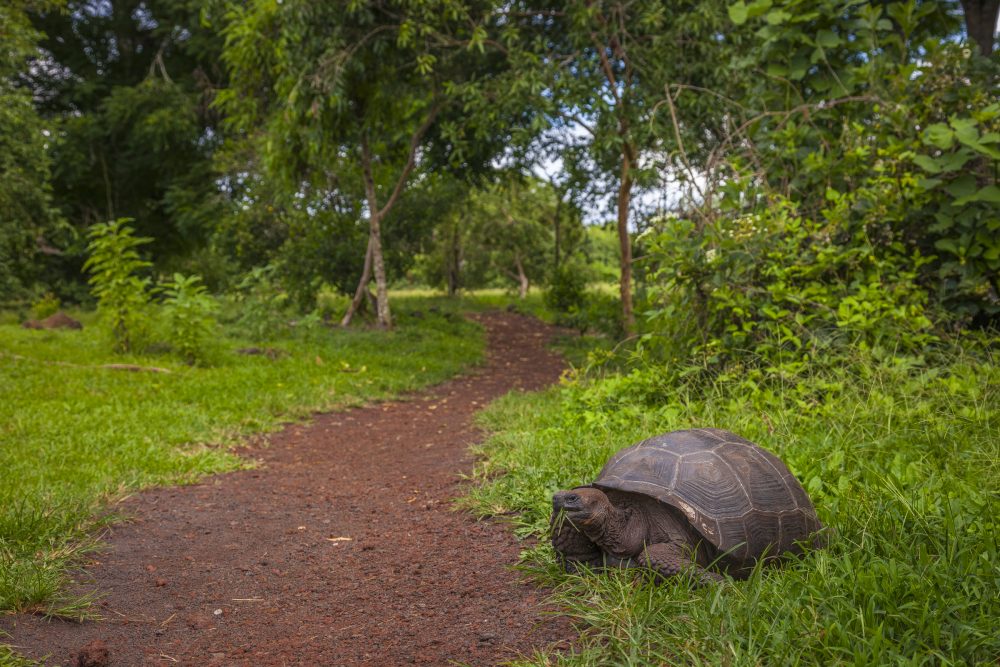
Galapagos giant tortoise © McKenna Paulley
What activities are taking place to conserve the Galapagos giant tortoise?
We are supporting GTMEP to improve our understanding of the ecology of these iconic reptiles to inform conservation strategies. The programme was initiated in 2009, and was the first GPS telemetry study of giant tortoises in Galapagos.
The programme is involved in a number of activities that will help us to improve our understanding of Galapagos giant tortoises, and what actions can be undertaken to support their conservation:
- Behavioural observations and tracking tags allow us to identify the migration of four distinct tortoise species: two on Santa Cruz and one on both Isabela and Española. Researchers have found that Galapagos giant tortoises are unlikely to adapt their seasonal migratory patterns in the face of environmental change, with females using the same migration routes each year to return to their nests.
- Over 50 hatchlings were tagged using very high-frequency (VHF) radios on Santa Cruz. Due to human-introduced species, such as pigs, researchers have found a link of high non-natural mortality rate in hatchlings, which indicates a relationship between human activity and poor tortoise health. These findings can help inform future management strategies to protect tortoises.
Alongside this, outreach programmes have been developed to establish better human-tortoise relationships, particularly amongst landowners on Santa Cruz. Continued outreach is vital to ensure people in Galapagos continue to have a connection with nature, particularly with children.
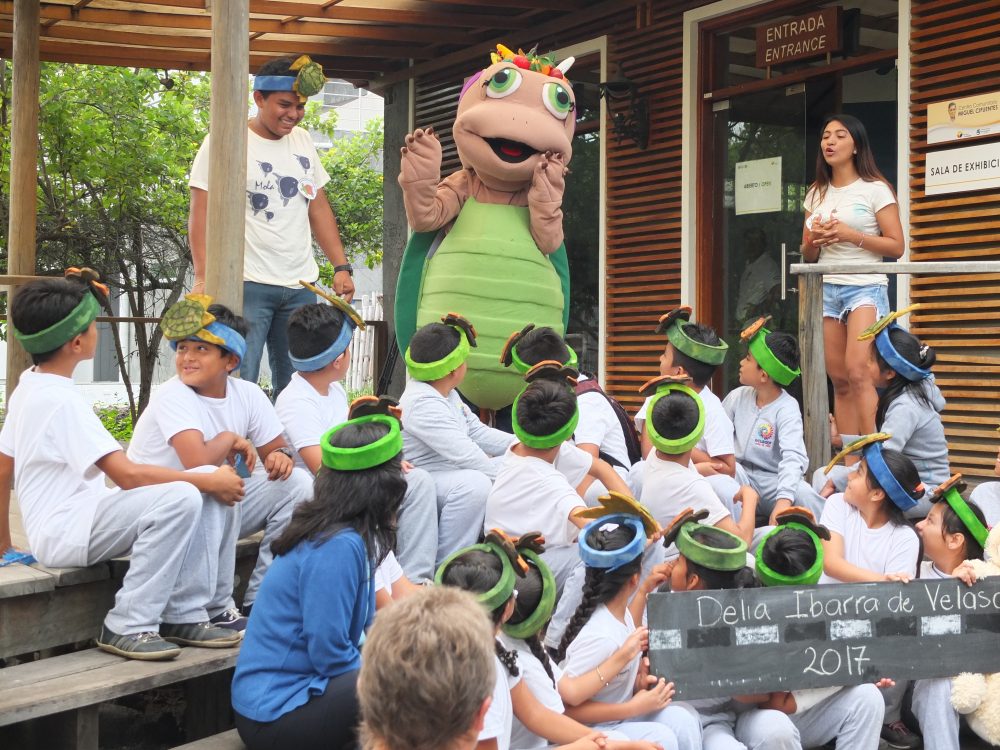
Children learning more about the Galapagos giant tortoise on the Islands. Enabling the young people of Galapagos to get out into nature and experience the natural world is an important element in Galapagos giant tortoise conservation. © Sai Pathmanathan
As a result, GCT has created a new storybook: Tessa the Giant Tortoise: A Galapagos Journey, that will inspire children in Galapagos to connect with nature and the unique animals they share it with, including the Galapagos giant tortoise. Through the eyes of Tessa, an 80 year old female giant tortoise on her migration journey to and from the highlands of Santa Cruz island, children will learn and reflect on the positive relationship they can have with nature through everyday environmentally friendly actions.
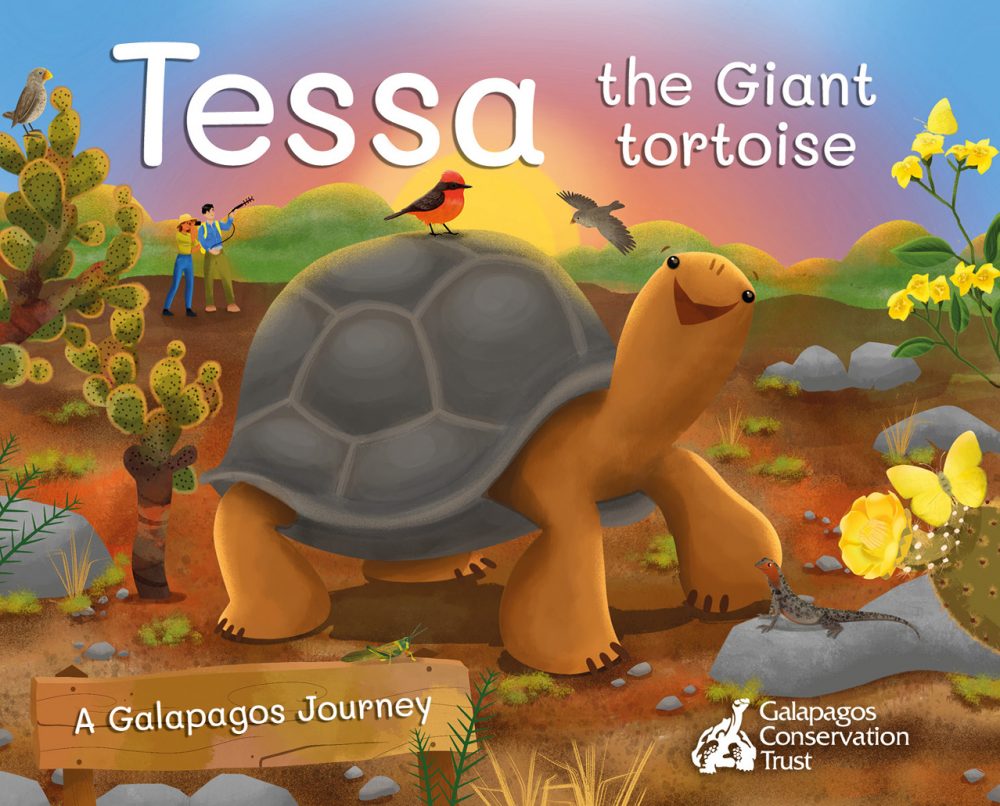
How you can help the Galapagos giant tortoise and support children’s education?
Proceeds from this campaign will go towards an initial print run of 1,000 copies of the storybook in Ecuador. This will help cover the cost of printing, design and postage, as well as other set up costs. In addition, the funds will cover a launch event for the book on Santa Cruz island.
If we exceed the campaign target of £5,000, the campaign will be able to cover ongoing tortoise outreach activities on the Islands, by our Outreach Coordinator, Anne Guézou.
Please support our crowdfunder today to bring Tessa to life for local children. To thank you for donations, we have a variety of rewards, including limited edition prints.
Other ways you can support us
If you are interested in supporting this project, but aren’t able to make a donation, there are other ways you can support the support work of GCT:
- Share the campaign on social media using #GalapagosJourney. This will help increase awareness of the project and encourage more people to get involved.
- Sign up to our newsletter to receive regular updates.
- Become a member.
Thank you for your support!
GTMEP is multi-institutional project led by the Charles Darwin Foundation in close collaboration with Max Planck Institute for Animal Behaviour, Galapagos National Park Directorate, Saint Louis Zoo Institute for Conservation Medicine, Houston Zoo and Galapagos Conservation Trust.
Related articles

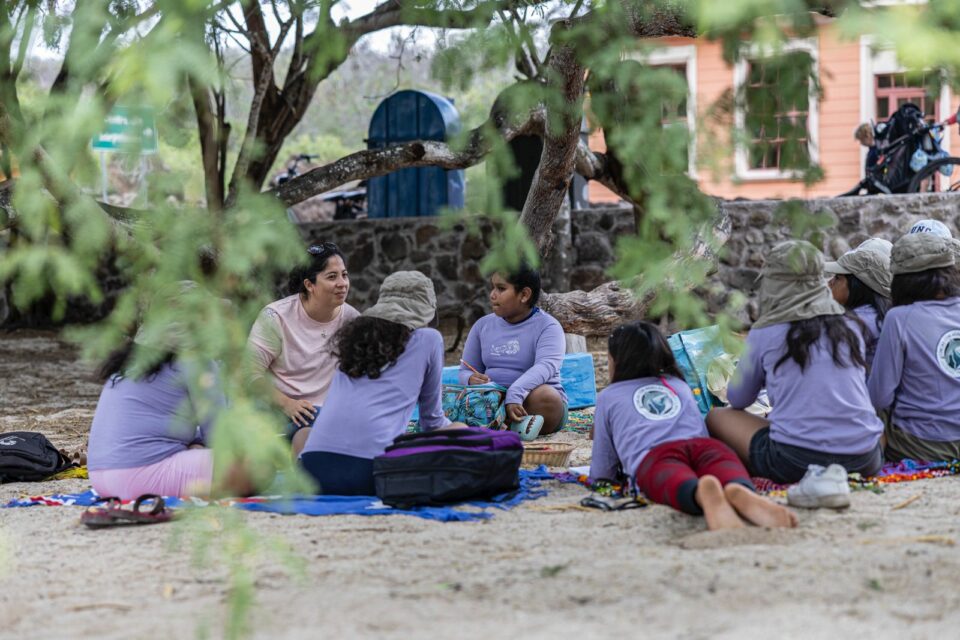
Gills Club: Empowering young women in Galapagos
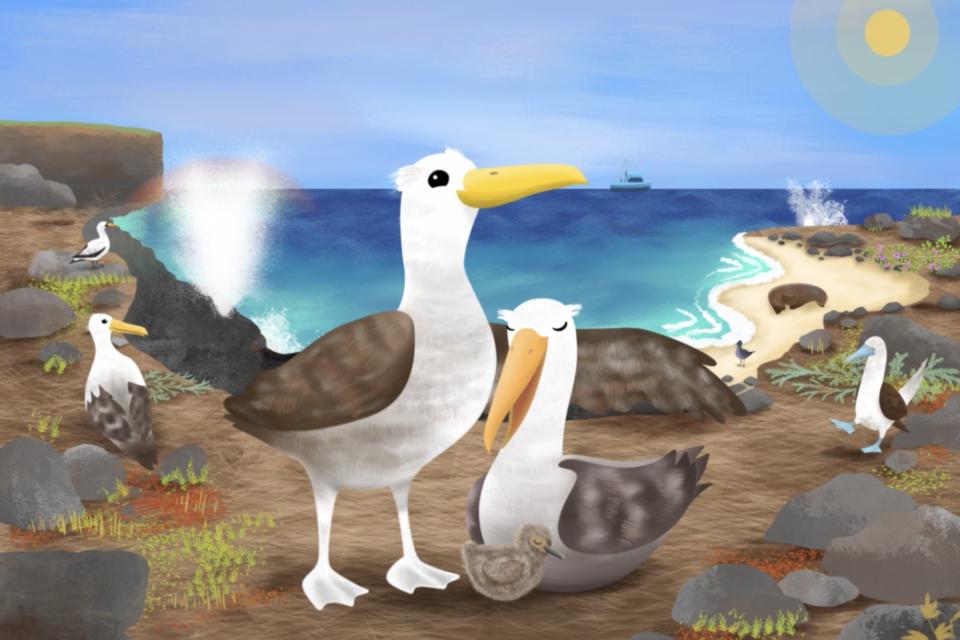
Meet the woman who brought Alberto the Waved Albatross to life
